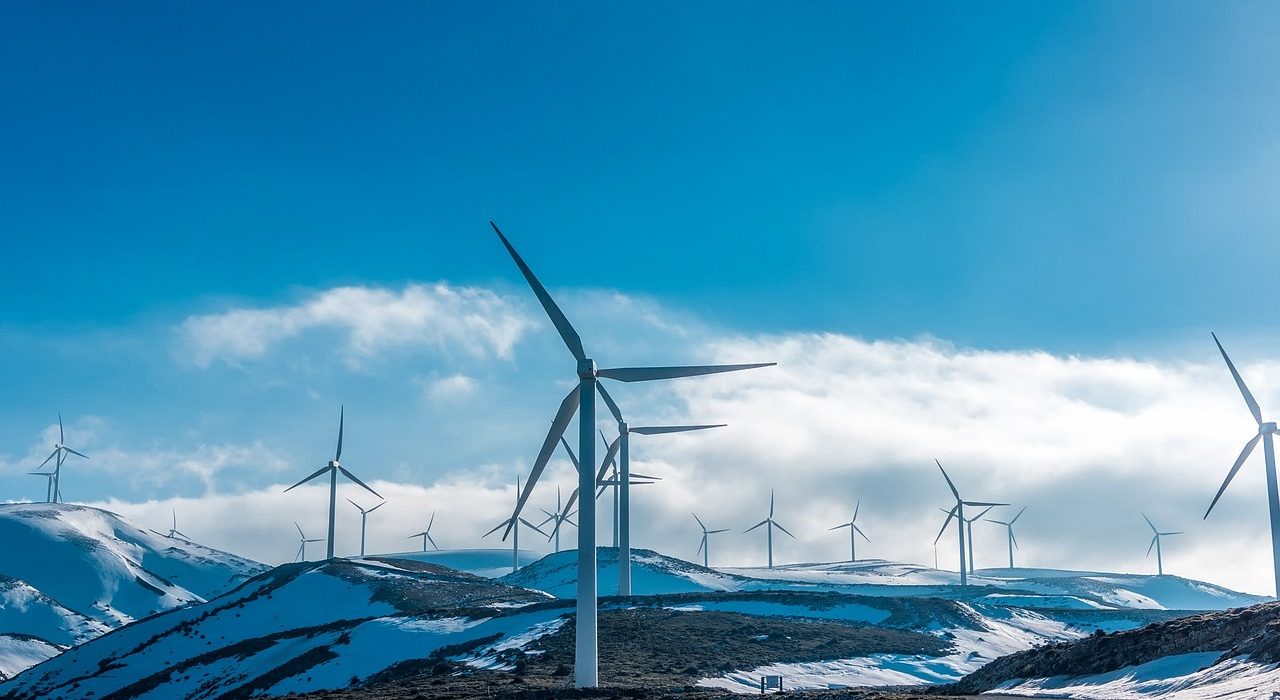In an era marked by the urgency of climate change and the imperative to transition towards sustainable energy sources, wind power stands as a beacon of hope for a cleaner and greener future. As the cost of wind and solar power finally surpasses that of fossil fuels, the global community faces a pivotal moment in history — one that demands the rapid expansion of wind power to combat environmental degradation and secure a sustainable energy revolution. Despite the promising projections of renewable energy growth until 2027, the International Energy Agency’s reports highlight formidable obstacles, particularly in the manufacturing and regulatory realms, that hinder the scaling of wind power. This challenge extends beyond financial constraints to encompass the need for comprehensive regulatory frameworks and the daunting uncertainty surrounding global supply chains.
The Urgent Need for Wind Power in a Changing Climate
The world is at a critical juncture in addressing climate change, and the need for rapid expansion of wind power has become imperative. Despite wind and solar power becoming more cost-effective than fossil fuels, the global transition to clean energy faces significant challenges. The scarcity of wind farms capable of supplying clean energy to everyone has hindered progress. To combat climate change and achieve a sustainable clean energy revolution, rapid scaling of wind power is essential.
Unprecedented Growth in Renewable Energy and Existing Obstacles
A recent report from the World Economic Forum highlights the projected unprecedented growth in renewable energy until 2027, based on data from the International Energy Agency (IEA). However, the report also identifies obstacles, particularly in turbine manufacturing, that pose challenges to the ambitious goal of scaling wind power. The regulatory landscape, necessary for accommodating new wind turbine designs and proposed offshore wind farms, presents additional hurdles to the industry’s expansion.
The Regulatory and Uncertainty Challenges
The scaling of wind power is not only hindered by financial constraints but also by regulatory obstacles. The energy industry requires regulations to accommodate the diverse designs of wind turbines and the establishment of offshore wind farms in regions with optimal wind conditions. The prevailing challenge lies in the uncertainty surrounding the supply chain, manufacturing disruptions, and the overall unpredictability of the global business climate.
Energy Security and Shifting Perspectives
The current geopolitical landscape, with disruptions in oil supply to Europe due to conflicts such as the war in Ukraine, underscores the importance of rethinking energy security. Governments now recognize the need to invest in clean energy infrastructure and embrace technological advancements rather than relying solely on conventional fossil fuels. The evolving perspective on energy security emphasizes the urgency of adopting sustainable energy sources.
The Time-Sensitive Imperative to Combat Climate Change
With the clock ticking on climate change, nations are making pivotal decisions to invest in a clean energy future for both geopolitical stability and climate resilience. The broad and imminent threats of famine, refugee crises, war, and natural disasters linked to climate change underscore the urgency of transitioning to clean energy. This imperative is reshaping national priorities and prompting investments in a cleaner, more sustainable future.
Scaling Wind Power: Current Status and Future Goals
As of recent calculations, wind power constitutes 6.6% of global energy supply. While there has been significant progress, the IEA’s 2021 report emphasizes the need for intensified efforts to align with the Net Zero Emissions by 2050 Scenario. To achieve this, annual capacity additions must nearly double, reaching almost 250 GW by 2030. Overcoming obstacles, particularly in permitting for onshore wind and cost reductions for offshore wind, is crucial for sustained capacity growth.
Solutions and Challenges in Scaling Wind Power
The global energy transition is underway, and the IEA projects a potential doubling of global wind energy capacity by 2027. However, challenges persist in securing funding for innovative wind turbine designs and overcoming administrative hurdles. The World Economic Forum suggests solutions such as auction designs with qualitative criteria, grid expansions, simplified permitting processes, transparent market volumes, global trade agreements, collaboration between countries, and increased funding. These solutions aim to unlock the massive potential of wind energy projects currently held up in various permitting stages across the world.
Conclusion
The imperative to scale wind power transcends mere environmental consciousness; it is a strategic necessity in the face of a rapidly changing climate. The journey toward a sustainable energy future demands concerted efforts to overcome regulatory bottlenecks, financial hurdles, and geopolitical challenges. While the 6.6% contribution of wind power to global energy since 2010 is commendable, the path ahead necessitates a doubling of efforts, particularly in onshore wind permitting and offshore cost reductions, to align with ambitious Net Zero Emissions targets by 2050. The proposed solutions, ranging from auction designs to collaborative global agreements, offer a roadmap for governments, industries, and stakeholders to navigate the complexities of scaling wind power. As the world grapples with the repercussions of climate change, the expansion of wind energy emerges not just as a technological endeavor but as a collective responsibility to safeguard the planet and ensure a sustainable, resilient future for generations to come.

